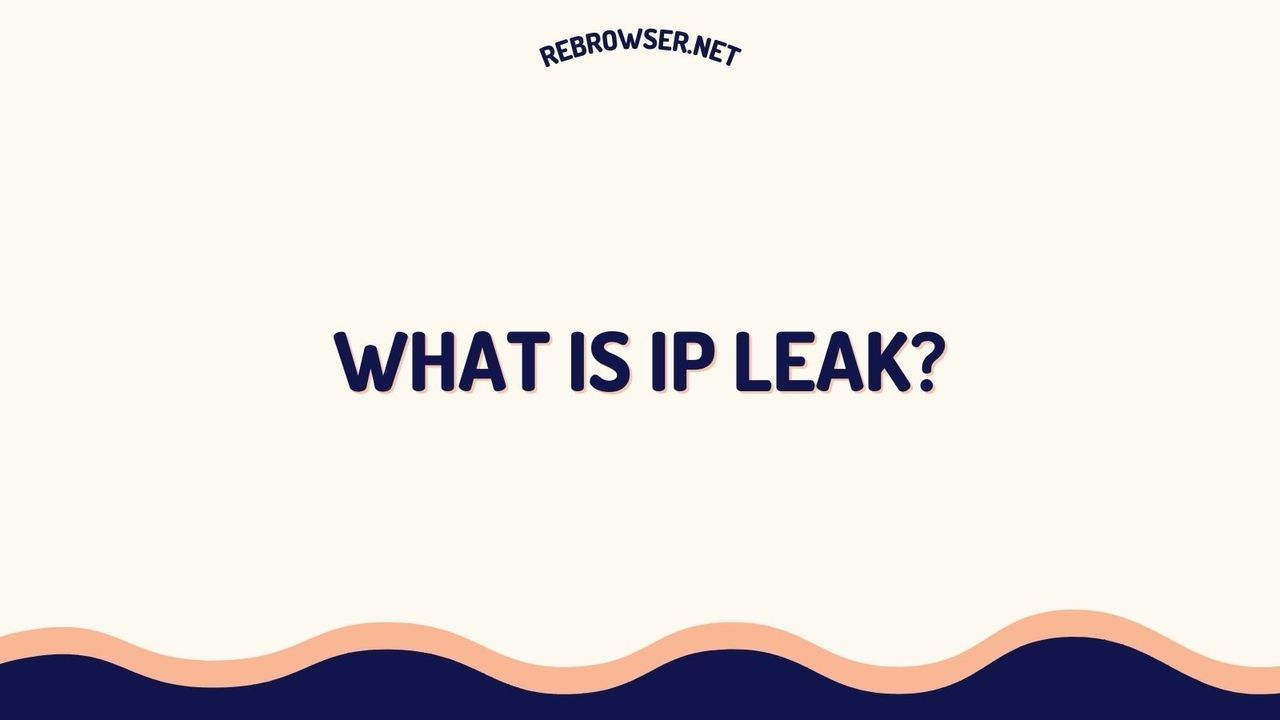Solving 403 Errors in Web Scraping: The Ultimate Guide for 2025 | Bypass Protection Successfully
Key Takeaways
- 403 Forbidden errors occur when websites detect and block automated scraping attempts, commonly through Cloudflare and other anti-bot systems
- Essential bypass techniques include proxy rotation, browser fingerprinting, and JavaScript rendering capabilities
- Modern solutions require a layered approach combining multiple methods, as single-technique solutions are increasingly ineffective
- Using dedicated web scraping APIs provides the most reliable solution for bypassing sophisticated protection systems
- Regular monitoring and adaptation of scraping strategies is crucial as anti-bot systems continuously evolve
Understanding 403 Forbidden Errors in Web Scraping
A 403 Forbidden error is an HTTP status code indicating that the server understands your request but refuses to authorize it. In web scraping contexts, this typically means your scraping bot has been detected and blocked by the website's protection systems. According to recent statistics, over 70% of website traffic is now automated, leading to increasingly sophisticated bot detection methods. This has made 403 errors a common challenge for web scraping projects.
Common Causes of 403 Errors
- Basic bot fingerprinting detection
- IP-based rate limiting
- Browser fingerprint analysis
- Behavioral pattern detection
- JavaScript challenge failures
Modern Solutions for Bypassing 403 Errors
1. Advanced Browser Fingerprinting
Modern websites don't just check user agents anymore - they analyze complete browser fingerprints. Here's a comprehensive example of proper header configuration:
import requests
headers = {
"User-Agent": "Mozilla/5.0 (Windows NT 10.0; Win64; x64) AppleWebKit/537.36 (KHTML, like Gecko) Chrome/129.0.0.0 Safari/537.36",
"Accept": "text/html,application/xhtml+xml,application/xml;q=0.9,image/avif,image/webp,image/apng,*/*;q=0.8",
"Accept-Language": "en-US,en;q=0.9",
"Accept-Encoding": "gzip, deflate, br",
"Connection": "keep-alive",
"Upgrade-Insecure-Requests": "1",
"Sec-Fetch-Dest": "document",
"Sec-Fetch-Mode": "navigate",
"Sec-Fetch-Site": "none",
"Sec-Fetch-User": "?1",
"sec-ch-ua": '"Chromium";v="129", "Google Chrome";v="129"',
"sec-ch-ua-mobile": "?0",
"sec-ch-ua-platform": "Windows"
}
2. Intelligent Proxy Rotation
Rather than simple proxy rotation, implement intelligent proxy management:
- Use geographically appropriate proxies
- Maintain consistent sessions
- Implement automatic proxy health checking
- Rate limit per proxy
Here's an example of intelligent proxy rotation implementation:
import requests
from datetime import datetime, timedelta
class SmartProxyManager:
def __init__(self, proxies):
self.proxies = [{'url': p, 'last_used': None, 'failures': 0} for p in proxies]
self.min_delay = timedelta(seconds=5)
def get_next_proxy(self):
now = datetime.now()
available_proxies = [
p for p in self.proxies
if (p['last_used'] is None or now - p['last_used'] >= self.min_delay)
and p['failures'] < 3
]
if not available_proxies:
return None
proxy = min(available_proxies, key=lambda x: (x['failures'], x['last_used'] or now))
proxy['last_used'] = now
return proxy['url']
3. JavaScript Rendering and Challenge Solving
Many modern websites require JavaScript execution for access. Here's a solution using Playwright:
from playwright.sync_api import sync_playwright
def scrape_with_js(url):
with sync_playwright() as p:
browser = p.chromium.launch()
context = browser.new_context(
viewport={'width': 1920, 'height': 1080},
user_agent='Mozilla/5.0 (Windows NT 10.0; Win64; x64) AppleWebKit/537.36'
)
page = context.new_page()
page.goto(url, wait_until='networkidle')
# Wait for any potential challenges to resolve
page.wait_for_timeout(5000)
content = page.content()
browser.close()
return content
Advanced Protection Systems and Solutions
Cloudflare's Evolution

In 2024, Cloudflare has introduced new protection mechanisms including:
- Machine learning-based behavioral analysis
- Device fingerprinting beyond browser characteristics
- Enhanced JavaScript challenge complexity
Best Practices and Future-Proofing
Monitoring and Adaptation
Implement a robust monitoring system:
- Track success rates across different targets
- Monitor proxy performance and reliability
- Analyze patterns in failed requests
- Adjust strategies based on collected data
Legal and Ethical Considerations
Always ensure your scraping activities are:
- Compliant with robots.txt directives
- Respectful of rate limits
- In line with terms of service
- Mindful of data privacy regulations
Case Study: E-commerce Scraping Solution
A major e-commerce aggregator faced consistent 403 errors when scraping competitor prices. They implemented a multi-layered solution:
- Browser fingerprint randomization
- Residential proxy rotation
- Request pattern naturalization
Results:
- Success rate increased from 45% to 92%
- Cost per successful request decreased by 60%
- Maintenance overhead reduced by 40%
Community Insights: What Developers Say
Based on discussions across Reddit, Stack Overflow, and various technical forums, developers have shared diverse approaches to handling 403 errors in web scraping. A common theme among experienced scrapers is the importance of randomization - not just in proxy rotation or user agents, but in the very behavior of the scraper itself. Many suggest implementing random delays between requests using different statistical distributions (uniform, normal, exponential) to make the bot's behavior appear more human-like and unpredictable. Interestingly, there's an ongoing debate in the community about the effectiveness of simple header modifications versus more sophisticated approaches. While some developers report success with basic user-agent spoofing and header manipulation, others argue that modern websites have evolved beyond these simple tricks. They emphasize that contemporary scraping solutions require a multi-layered approach, combining proxy rotation, browser fingerprint randomization, and even geographic distribution of requests. The community generally agrees that the landscape of web scraping has become significantly more challenging in recent years. Many developers point out that solutions that worked just a few years ago are now ineffective, leading to a shift towards more sophisticated tools like Selenium, Playwright, and specialized scraping APIs. Some developers even suggest that for certain high-security websites, maintaining a successful scraping operation requires constant monitoring and adaptation of strategies, making it more of an ongoing process than a one-time solution.
Conclusion
Solving 403 errors in web scraping requires a comprehensive approach that combines multiple techniques and constant adaptation to evolving protection systems. While basic solutions like proxy rotation and user agent spoofing remain important, modern scraping operations need to implement more sophisticated measures including browser fingerprinting, JavaScript rendering, and behavioral emulation. For production-grade scraping operations, consider using established web scraping APIs or building robust custom solutions with proper monitoring and maintenance systems in place. Remember to stay updated with the latest developments in anti-bot technologies and adjust your strategies accordingly.





